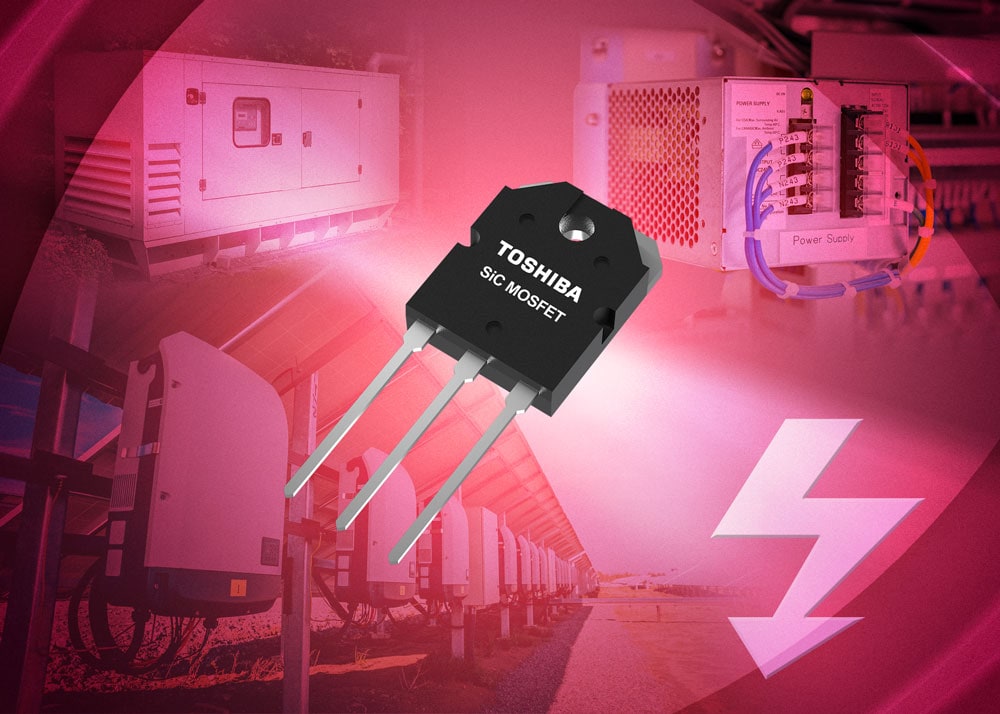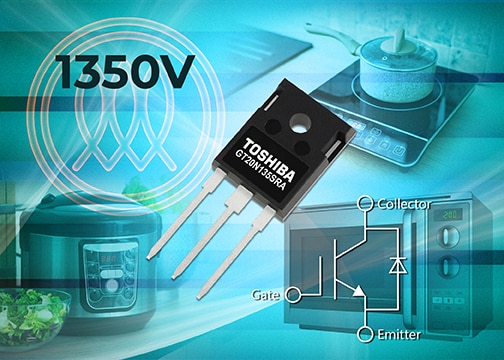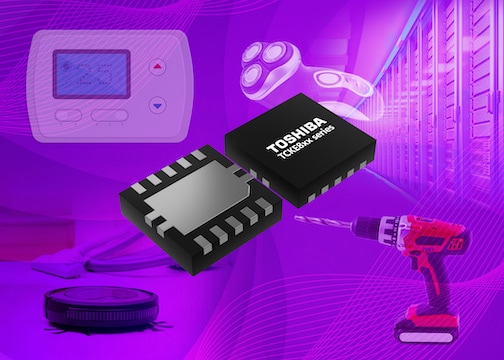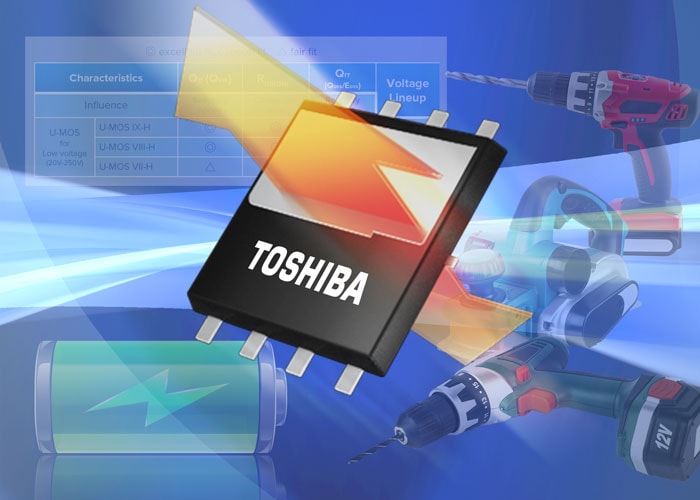- General Top
- SEMICONDUCTOR
- STORAGE
- COMPANY
-
My ToshibaSemicon
- Semiconductor Top
-
ApplicationsAutomotive
Body Electronics
xEV
In-Vehicle Infotainment
Advanced Driver-Assistance Systems (ADAS)
Chassis
IndustrialInfrastructure
BEMS/HEMS
Factory Automation
Commercial Equipment
Consumer/PersonalIoT Equipment
Healthcare
Wearable Device
Mobile
Computer Peripherals
-
ProductsAutomotive Devices
Discrete Semiconductor
Diodes
Transistors
Logic ICs
Analog Devices
Digital Devices
Wireless Devices
※
: Products list (parametric search)
Power SemiconductorsSiC Power Devices
※
: Products list (parametric search)
Isolators/Solid State RelaysPhotocouplers
Digital Isolators
Solid State Relays
Fiber Optic Transmitting Modules
※
: Products list (parametric search)
MOSFETsIGBTs/IEGTsBipolar Transistors※
: Products list (parametric search)
Diodes※
: Products list (parametric search)
MicrocontrollersMotor Driver ICsIntelligent Power ICs※
: Products list (parametric search)
Power Management ICsLinear ICs※
: Products list (parametric search)
General Purpose Logic ICsLinear Image SensorsOther Product ICsOther Product ICs
※
: Products list (parametric search)
-
Design & Development
Design & Development
Innovation Centre
At the Toshiba Innovation Centre we constantly strive to inspire you with our technologies and solutions. Discover how to place us at the heart of your innovations.
-
Knowledge
Knowledge
Highlighted Topics
Further Materials
Other
- Where To Buy
- Part Number & Keyword Search
- Cross Reference Search
- Parametric Search
- Stock Check & Purchase
This webpage doesn't work with Internet Explorer. Please use the latest version of Google Chrome, Microsoft Edge, Mozilla Firefox or Safari.
require 3 characters or more. Search for multiple part numbers fromhere.
The information presented in this cross reference is based on TOSHIBA's selection criteria and should be treated as a suggestion only. Please carefully review the latest versions of all relevant information on the TOSHIBA products, including without limitation data sheets and validate all operating parameters of the TOSHIBA products to ensure that the suggested TOSHIBA products are truly compatible with your design and application.Please note that this cross reference is based on TOSHIBA's estimate of compatibility with other manufacturers' products, based on other manufacturers' published data, at the time the data was collected.TOSHIBA is not responsible for any incorrect or incomplete information. Information is subject to change at any time without notice.
require 3 characters or more.
Bidirectional charging is an essential part of a renewable future

Synchronizing renewable energy generation to peak demand times is proving challenging and raising concerns for future renewable grids. However, with the rapid growth of electric vehicles (EV) there will be a huge amount of energy stored in vehicles that are parked up and this can be tapped into in order to smooth demand peaks.
To take advantage of this opportunity, highly efficient bidirectional DC-DC converters that store energy into batteries and then return it to the grid highly efficiently will be essential.
Generally, high-voltage power converters have used silicon IGBTs, due to their high VCES. Wide-bandgap silicon carbide (SiC) switches now offer significant performance due to their low and stable RDS(ON) over temperature and support for higher switching frequencies. As an example, Toshiba’s 1200 V TW070J120B N-channel SiC MOSFET with built-in SiC Schottky barrier diode, delivers a 66% reduction in power losses over a comparable IGBT.
To support designers, Toshiba has developed a 5 kW, bidirectional DC-DC converter. This is based upon the TW070J120B on the high voltage side, the latest generation DTMOS superjunction N-channel TK49N65W5 MOSFETs on the DC load side, alongside TLP5214A gate drivers and TLP7920 optically-coupled isolation amplifier technology. Operating at a 50 kHz switching frequency, the reference design attains a conversion efficiency of 97% at 100% load in both directions.






